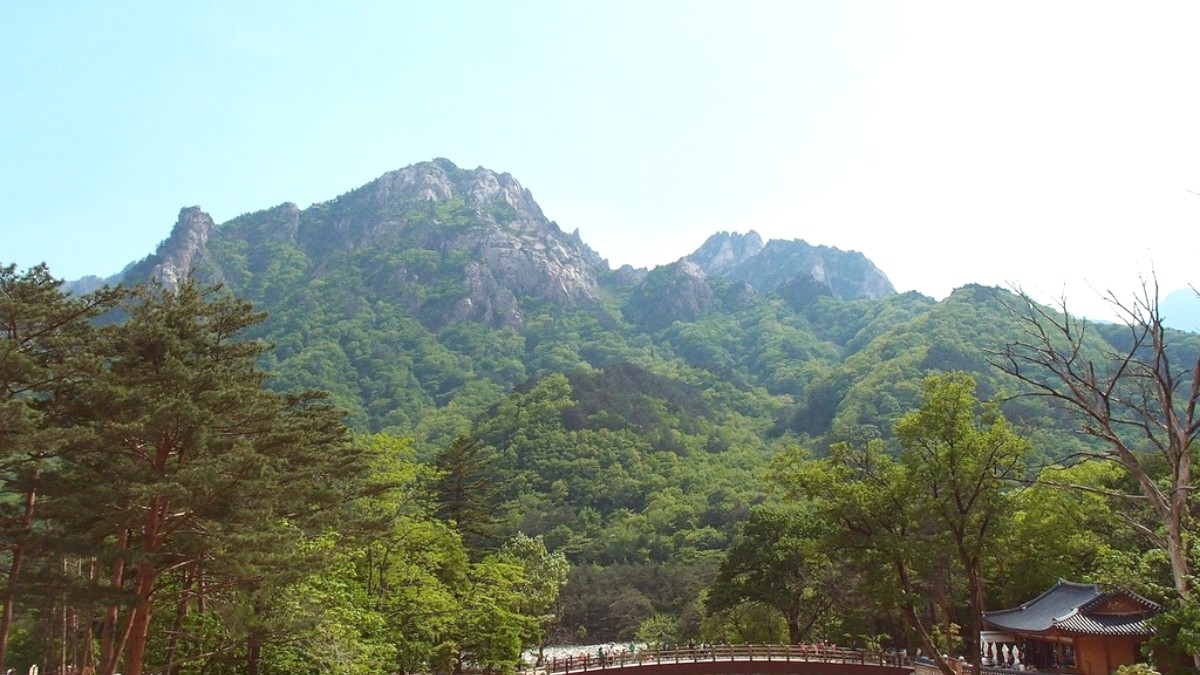
Gang Won Do, South Korea
Stay in guesthouses or hostels in Sokcho, like Casa Seorak. Eat street food and meals from Jungang Market or convenience stores for affordable dining.
Pack a Reusable water bottle and snacks to save money.
Options for moderate to premium experiences.
Stay in comfortable motels or 3-star hotels in Sokcho. Dine at mid-range local restaurants, sampling specialty dishes.
Stay at the Kensington Hotel Seorak or Lotte Resort Sokcho for high-end accommodation. Utilize taxis or private transfers for seamless travel.
Travel during shoulder seasons (late spring, early September) for better prices and fewer crowds.
Consider cooking some meals if your accommodation has kitchen facilities. This significantly reduces dining expenses.
Seoraksan transforms with the seasons, presenting different experiences throughout the year.
Enjoy lush green mountains, full waterfalls (due to monsoon rains), swimming at Sokcho Beach, and water activities at Seorak Waterpia.
Experience snow-covered landscapes (especially higher peaks), quiet trails (at lower elevations), relaxing hot springs, and the possibility of visiting nearby ski resorts outside the park.
Plan a visit around the Sokcho Squid Festival (usually autumn) for an unique culinary experience. The Mount Seorak Cultural Festival in October celebrates local traditions.
Efficient planning and smart choices maximize your budget and time in South Korea.
The T-Money Card gives slight discounts on public transport. No specific regional tourist discount cards are widely available.
'Happy hour' is not a common concept. Look for '점심 특선' (jeomsim teukseon) – lunch specials – often more affordable at restaurants.
No official 'skip-the-line' option exists for the Seoraksan Cable Car. Go early morning (before 9 AM) or late afternoon (after 4 PM) to avoid queues, especially during peak autumn.
Express buses represent the fastest way to get from Seoul to Sokcho. For speed within Sokcho, taxis are faster than buses but cost more.
Some trails in Seoraksan are very challenging; wear proper gear. Google Maps is not effective for public transport; use Naver Map or KakaoMap instead.
South Korea is exceptionally safe for solo travelers, including women. Stay in guesthouses with common areas to meet others. Engage with locals using translation apps.
A quick review of accessibility and important considerations.
Accessibility infrastructure varies between major cities and natural areas. Mobility challenges may limit access to many hiking trails.
Public transport announcements usually have visual and audio cues. Limited specialized services exist for foreign visitors with visual or hearing impairments.
The off-season for travel has both advantages and considerations.
Travel smart to maximize your budget. Embrace local customs. Use reliable mapping and translation apps.
Embrace spontaneity while having a general plan. Local transport offers flexibility. Be prepared for seasonal changes.
Underestimating Seoraksan's difficulty is a mistake. Wear proper gear and accurately assess your fitness levels before challenging hikes.
Photography is strictly prohibited near military installations or along the DMZ. Follow all posted signs and instructions for your safety.